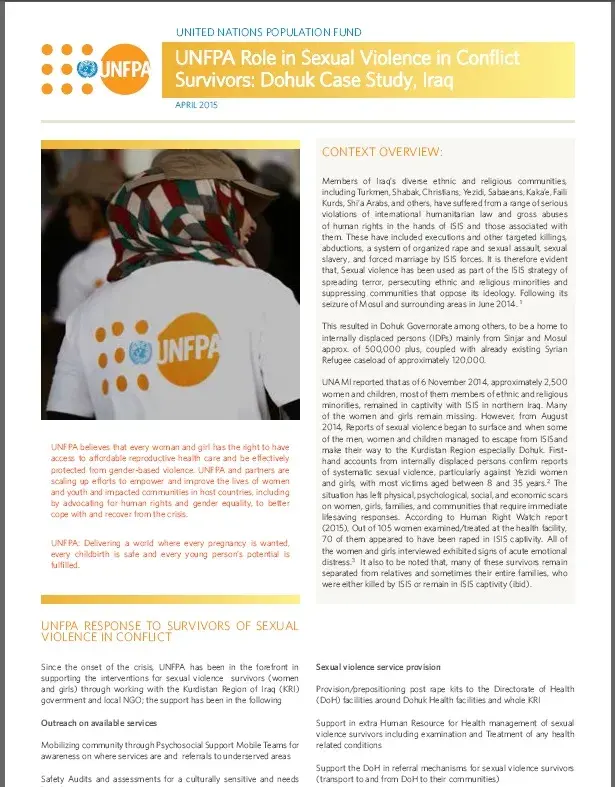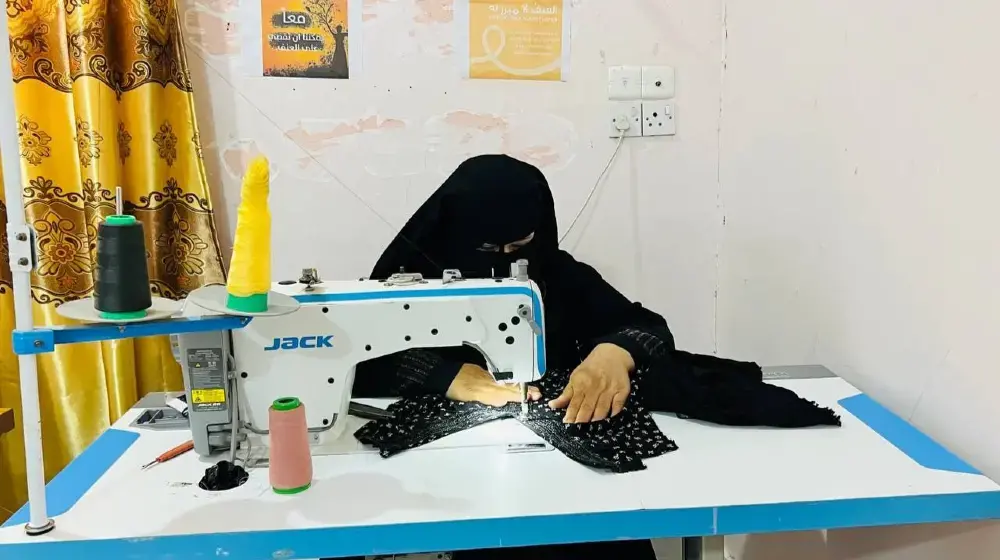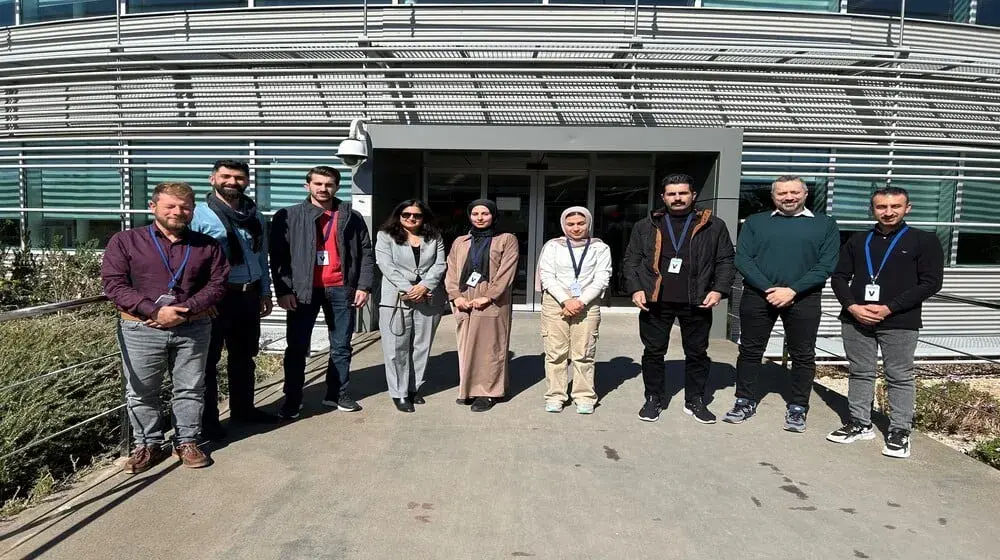Members of Iraq’s diverse ethnic and religious communities, including Turkmen, Shabak, Christians, Yezidi, Sabaeans, Kaka’e, Faili Kurds, Shi’a Arabs, and others, have suffered from a range of serious violations of international humanitarian law and gross abuses of human rights in the hands of ISIS and those associated with them. These have included executions and other targeted killings, abductions, a system of organized rape and sexual assault, sexual slavery, and forced marriage by ISIS forces. It is therefore evident that, Sexual violence has been used as part of the ISIS strategy of spreading terror, persecuting ethnic and religious minorities and suppressing communities that oppose its ideology. Following its seizure of Mosul and surrounding areas in June 2014.
This resulted in Dohuk Governorate among others, to be a home to internally displaced persons (IDPs) mainly from Sinjar and Mosul approx. of 500,000 plus, coupled with already existing Syrian
Refugee caseload of approximately 120,000.
UNAMI reported that as of 6 November 2014, approximately 2,500 women and children, most of them members of ethnic and religious minorities, remained in captivity with ISIS in northern Iraq. Many of the women and girls remain missing. However, from August 2014, Reports of sexual violence began to surface and when some of the men, women and children managed to escape from ISIS and make their way to the Kurdistan Region especially Dohuk. Firsthand accounts from internally displaced persons confirm reports of systematic sexual violence, particularly against Yezidi women and girls, with most victims aged between 8 and 35 years. The situation has left physical, psychological, social, and economic scars on women, girls, families, and communities that require immediate lifesaving responses. According to Human Right Watch report (2015), Out of 105 women examined/treated at the health facility, 70 of them appeared to have been raped in ISIS captivity. All of the women and girls interviewed exhibited signs of acute emotional distress. It also to be noted that, many of these survivors remain separated from relatives and sometimes their entire families, who were either killed by ISIS or remain in ISIS captivity (ibid).





